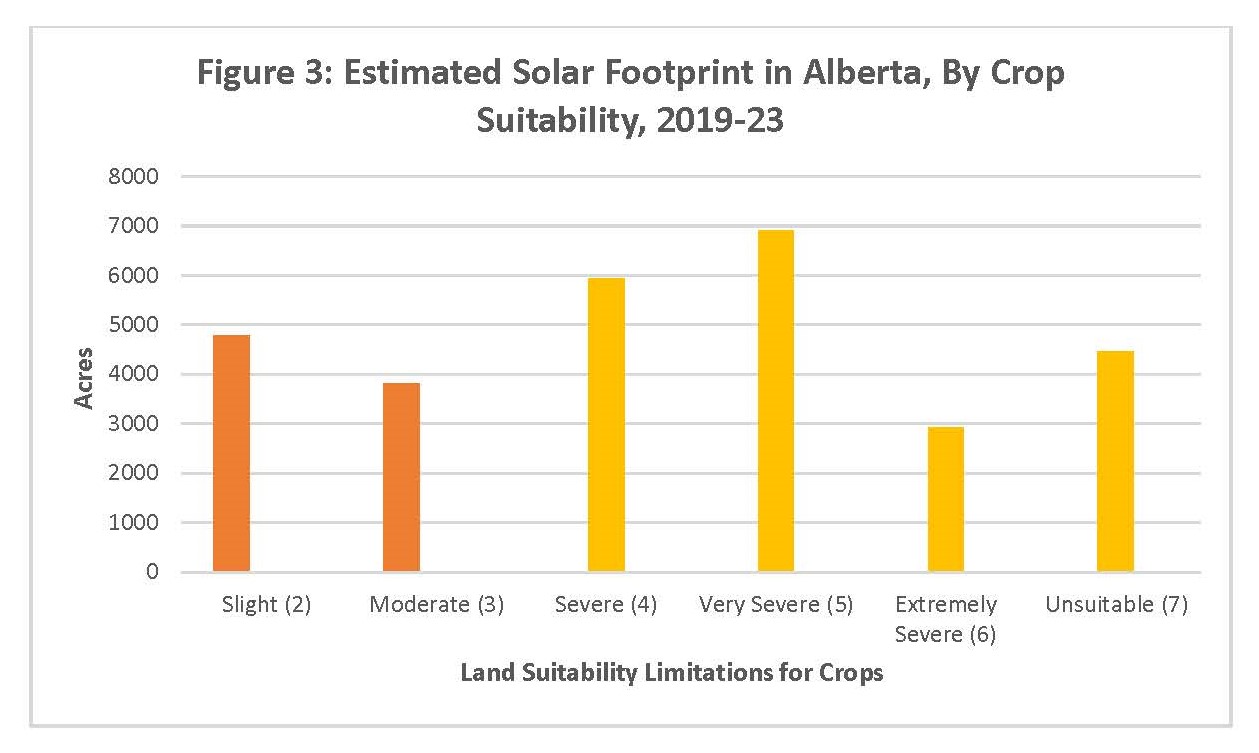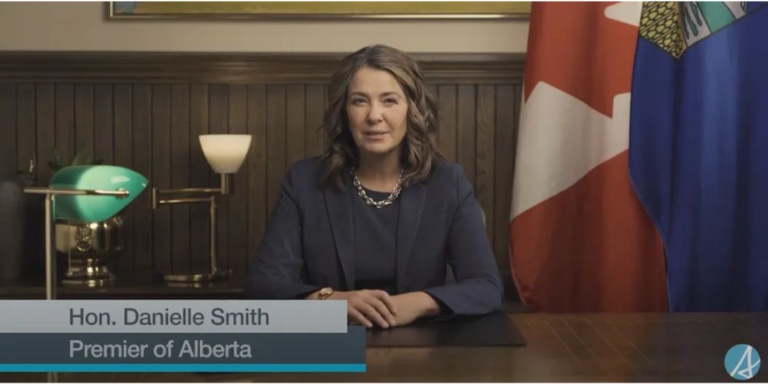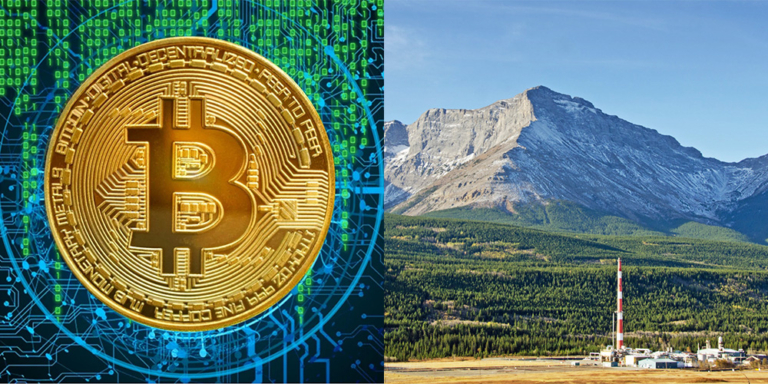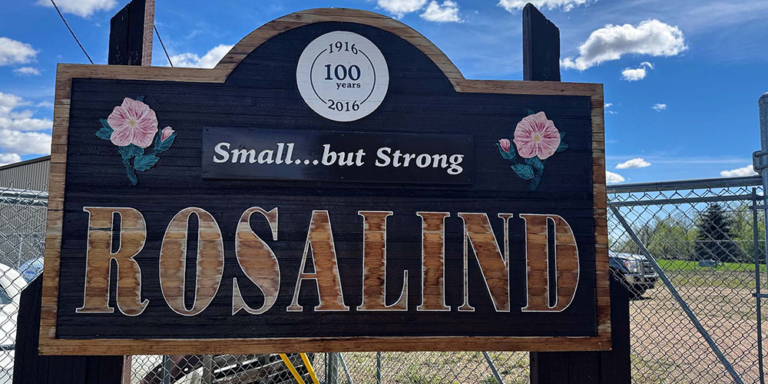It’s been two months since Alberta’s UCP announced a 7-month pause on approving renewable energy projects. The government gave several reasons for the pause, but most were seen as baffling or waffling
In late August, Leger polled 1,000 Albertans and found that 2/3rds opposed Premier Smith’s renewables pause.
According to the government, one reason for the pause was that renewable projects threatened agricultural land. However, the government never supplied evidence to support its claim.
Recently the Tyee took a closer look at the claim that renewable projects threatened agricultural land, and their findings showed no evidence supporting the government’s assertion.
Impact of Solar Projects on Prime Farmland
According to the Tyee, despite the growth in the solar industry, with 17 new solar farms starting operations in 2022, no projects impacted ‘prime’ agricultural lands, and only about 35 square kilometres impacted ‘suitable’ agricultural lands.
Most solar projects approved between 2019 and 2023 were on lands rated as severe or worse for crop production. Seventy percent of Alberta’s utility-scale solar power generators are on these more marginal lands.
Several projects affected by the renewables ban are demonstrably on non-agricultural land or industrial areas. Yet, the pause has shut them down, leaving them without revenue, job losses and a loss of investors’ confidence.
In addition, where solar projects and agriculture meet, there are solutions for farmers, such as Agrivoltaics, which can increase farmland productivity and earn more income for farmers.


Agricultural land types taken over by solar farms. Source: The Tyee
The Real Threats to Prime Agricultural Land:
According to the Tyee, the actual threats to the best agricultural land in Alberta are urban expansion, rural residential subdivisions, and the oil and gas industry.
Over 650 square kilometres of land was converted for urban and residential purposes between 2011 and 2020.
Additionally, oil and gas pipelines stretch across more than 440,000 kilometres of Alberta, yet the industry has never had to report its impact on crop-producing lands.
Why is there a double standard for the renewables industry?
Double Standards?
Speaking of double standards, the UCP government also contended that the pause was put in place because it worried companies would fail to clean up abandoned renewable projects – like the current plague of abandoned oil and gas wells that pollute and degrade agricultural lands across the province.
But unlike the ongoing problem of abandoned, leaking oil and gas wells, the Canadian Renewable Energy Association argues that “orphaned” solar or wind farms are unlikely because wind and solar never dry up. The only upgrades they need are new parts that need to be swapped out about every 25 years.
The Tyee article suggests that the current moratorium based on the loss of Agricultural lands is misguided and that the evidence indicates the solar boom in Alberta has had a minimal impact on the province’s prime agricultural land.
Here at TheRockies.Life, we have argued that all of the reasons the government gave for the ban are unjustified. Similar bans have never been imposed on the oil and gas industry, which has a long history of damage to the environment.
As investments in renewable energy increase globally, Alberta’s decision to pause renewables leaves many questioning the government’s motivations… but protecting agriculture is certainly not one of them!






